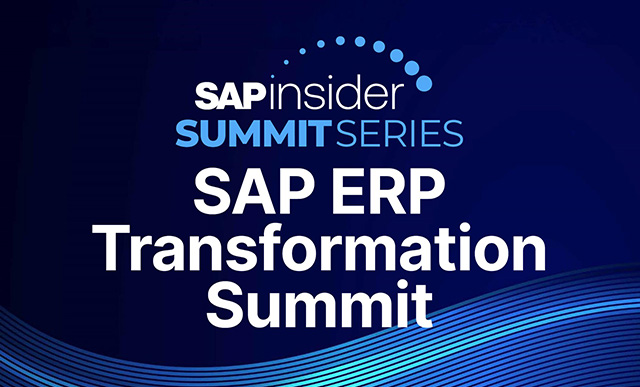Migrating to SAP S/4HANA – Top 5 Questions to Ask
Meet the Authors
Key Takeaways
⇨ Transitioning from SAP ECC to SAP S/4HANA requires thorough planning, especially given the potential challenges associated with data environments.
⇨ With data management being a significant concern for the majority of SAP users, strategic oversight of both data and application management throughout the migration is crucial.
⇨ Informatica outlines five essential questions that are crucial for developing a successful SAP migration strategy.
Navigating the complexities of IT infrastructure and recognizing the advantages of solutions like SAP S/4HANA is critical, whether organizations are in the planning stages or have already started their modernization journeys. Transitioning from SAP ECC to SAP S/4HANA requires thorough planning, especially given the potential challenges associated with data environments. With data management being a significant concern for the majority of SAP users, strategic oversight of both data and application management throughout the migration is crucial.
Informatica outlines five essential questions that are crucial for developing a successful SAP migration strategy.
What should your migration strategy be?
Explore related questions
When transitioning to SAP S/4HANA, enterprises can choose between three main migration strategies: Greenfield, Brownfield, and Selective Data Transition. Greenfield is ideal for new ERP implementations, offering customization flexibility, while Brownfield suits those upgrading existing systems, preserving customizations and historical data. Selective Data Transition is efficient for transferring specific data and processes while maintaining legacy systems. Each approach requires careful evaluation of the current SAP landscape, considering resources, time, and system complexities for a successful migration.
How can you prepare your data for migration?
Data migration is a critical and complex aspect of SAP modernization, especially when transitioning to SAP S/4HANA, as it goes beyond a simple application upgrade. A data-centric approach is key to ensuring a smooth migration, starting with cleansing and standardizing data to prevent poor-quality data from affecting SAP S/4HANA’s performance. AI-driven master data management tools can help maintain accurate data while reducing costs by eliminating duplicates. Adhering to SAP S/4HANA’s data policies and using AI-powered integration tools to automate data ingestion from various sources can further streamline the migration process, ensuring efficiency and compliance.
How Can You Leverage AI for Your Migration?
To minimize time, cost, and risks in your SAP S/4HANA migration, it is crucial to optimize key metrics early on by focusing on data management and utilizing AI technologies. An AI-powered data integration solution can streamline the ingestion, transformation, and quality assurance of legacy data, expediting the migration process. Automated data profiling and quality monitoring ensure that only high-quality data is migrated, reducing costs and post-migration issues. A phased migration plan further mitigates business downtime risks, while an AI-enabled master data management solution ensures real-time synchronization between legacy systems and SAP S/4HANA during dual maintenance.
How can you optimize business processes in SAP S/4HANA?
Operational efficiency and business process outcomes in SAP S/4HANA rely heavily on data quality. While SAP S/4HANA streamlines processes with simplified data models, maintaining clean and consistent data is essential. Continuous data quality monitoring, supported by alerts for administrators, and a robust data governance framework are key to optimizing performance. AI-enabled governance policies can automate tasks like data masking for PII and create tokenized datasets for machine learning. Integrating SAP S/4HANA with other systems and using AI copilots for data management helps reduce manual effort, minimize errors, and ensure trusted data throughout your operations.
What do you need to enable SAP S/4HANA to collaborate and communicate with non-SAP applications?
To maximize the benefits of SAP S/4HANA after transitioning, it is essential to provide business stakeholders with seamless access to both SAP S/4HANA and non-SAP applications like Workday, Salesforce, and ServiceNow. A self-service data marketplace enables users, regardless of technical expertise, to easily access and integrate datasets from various sources. This is facilitated by a data fabric architecture, which simplifies data integration and governance, allowing users to obtain the necessary insights without moving data from its original location.






